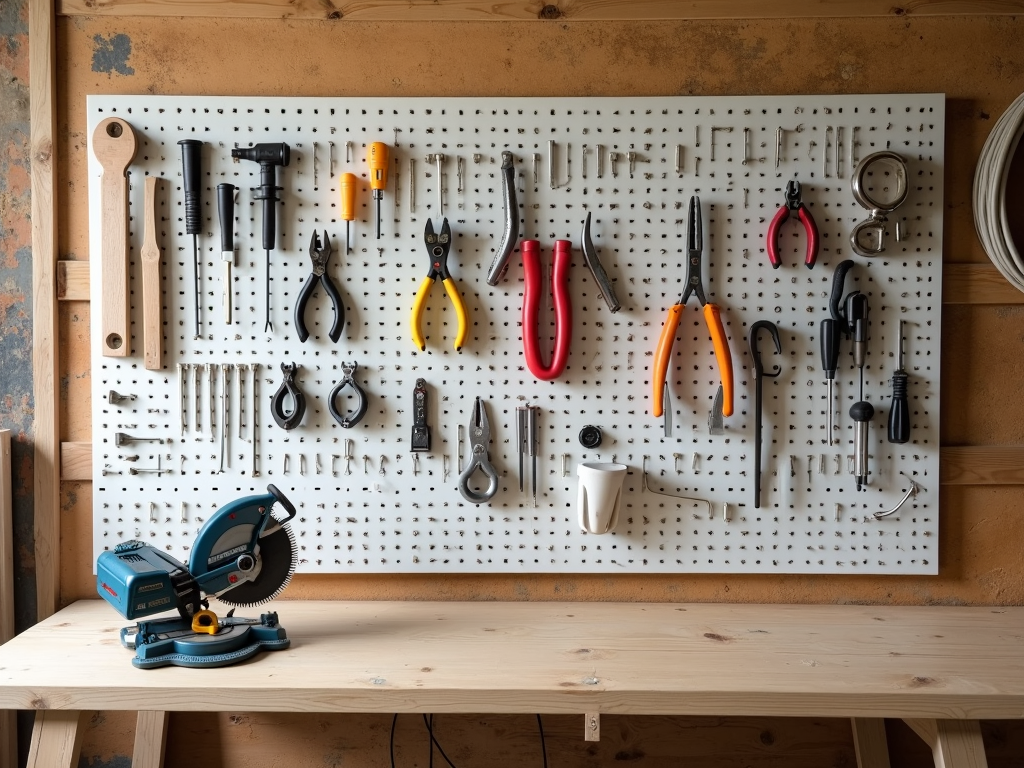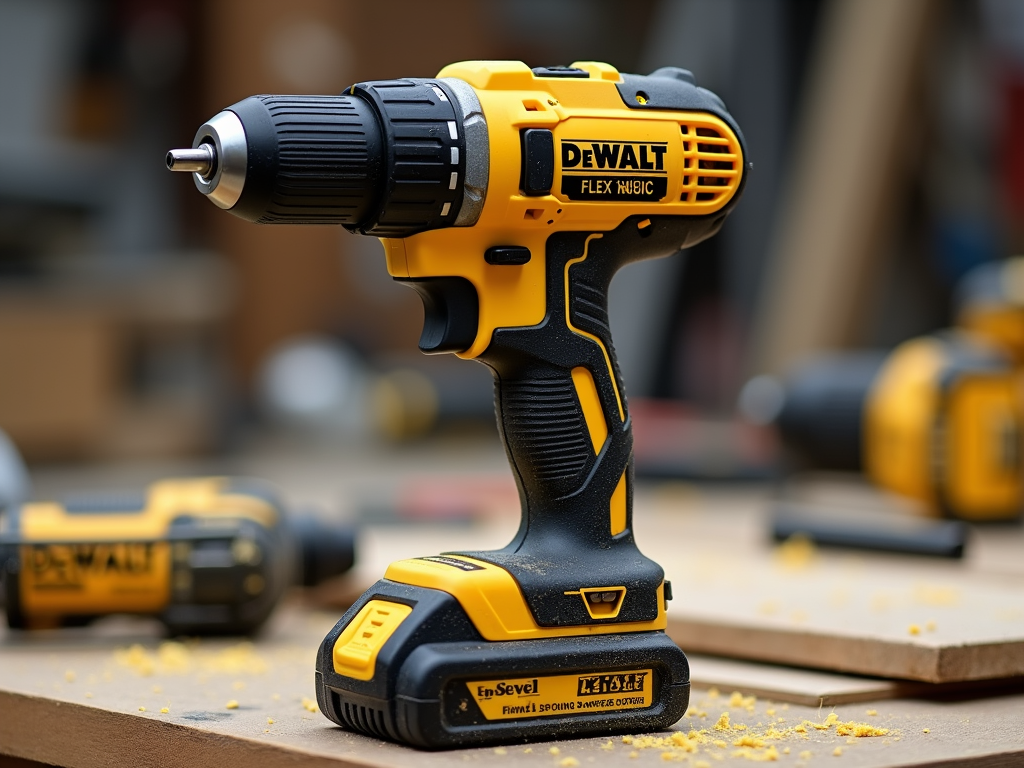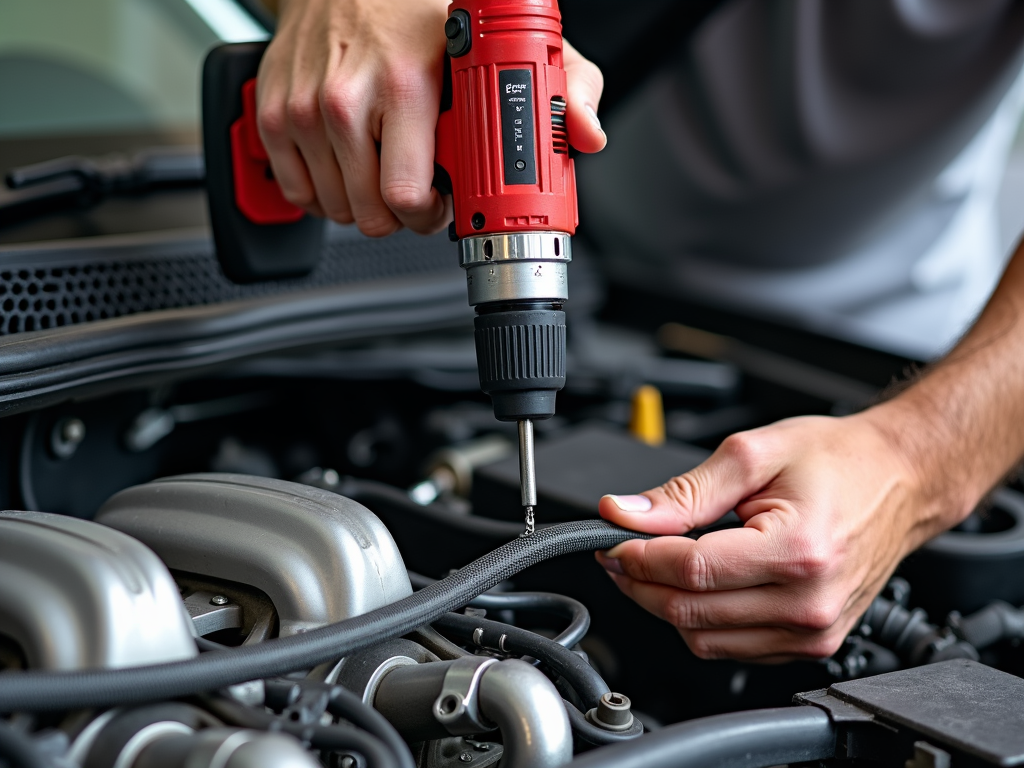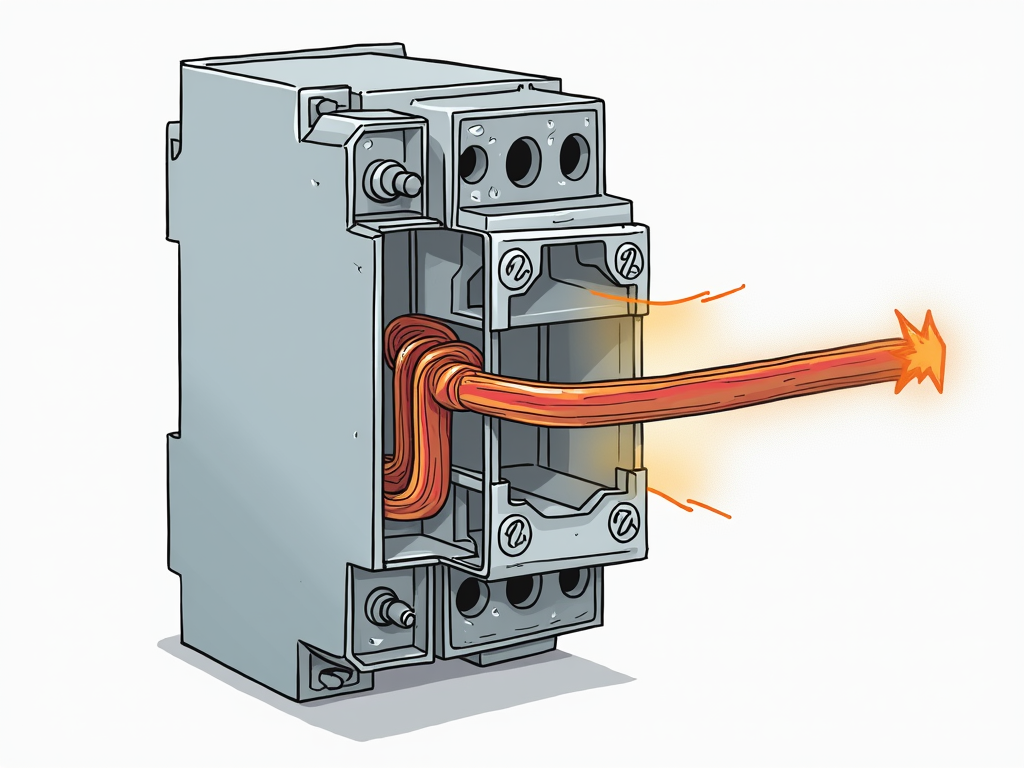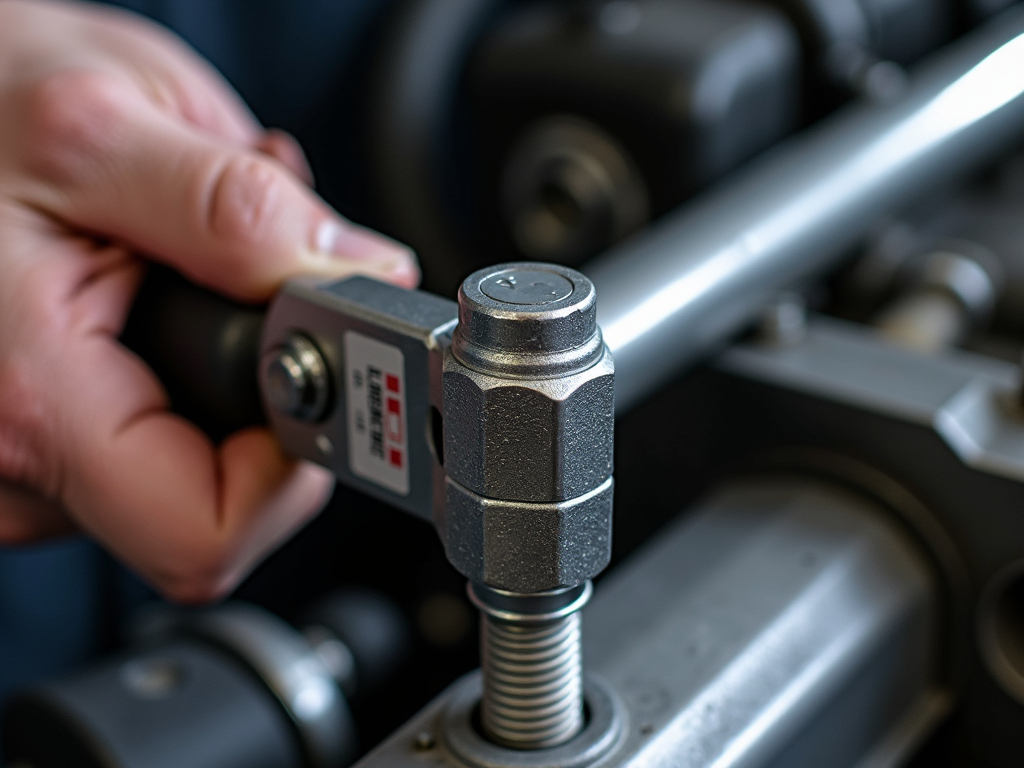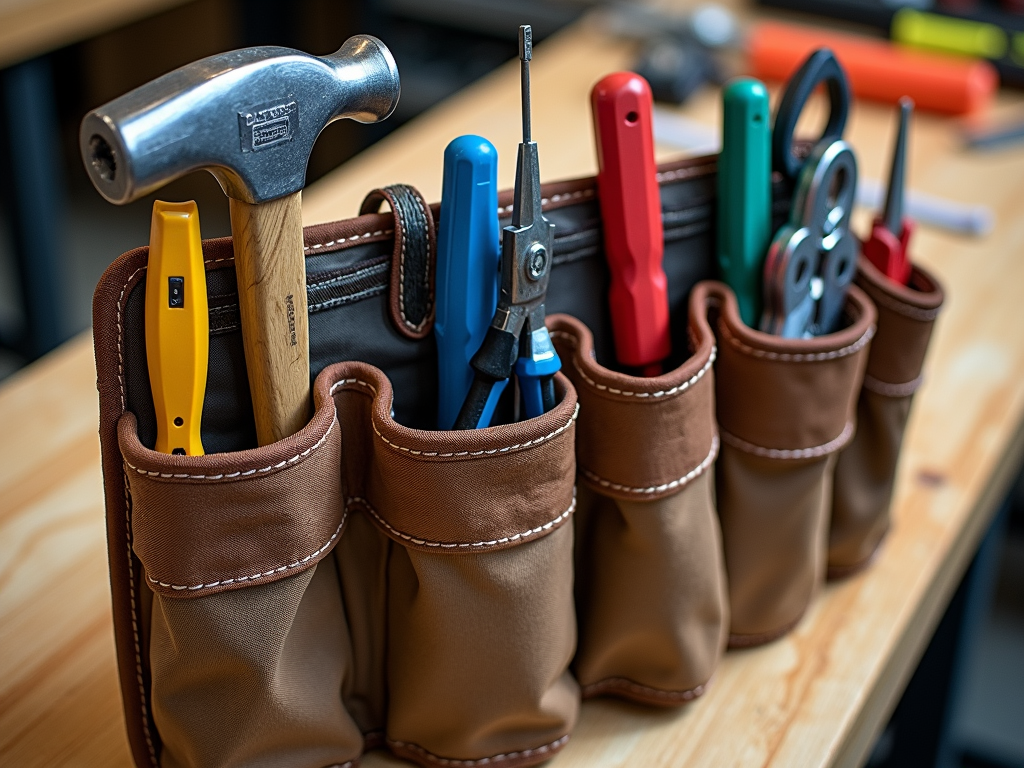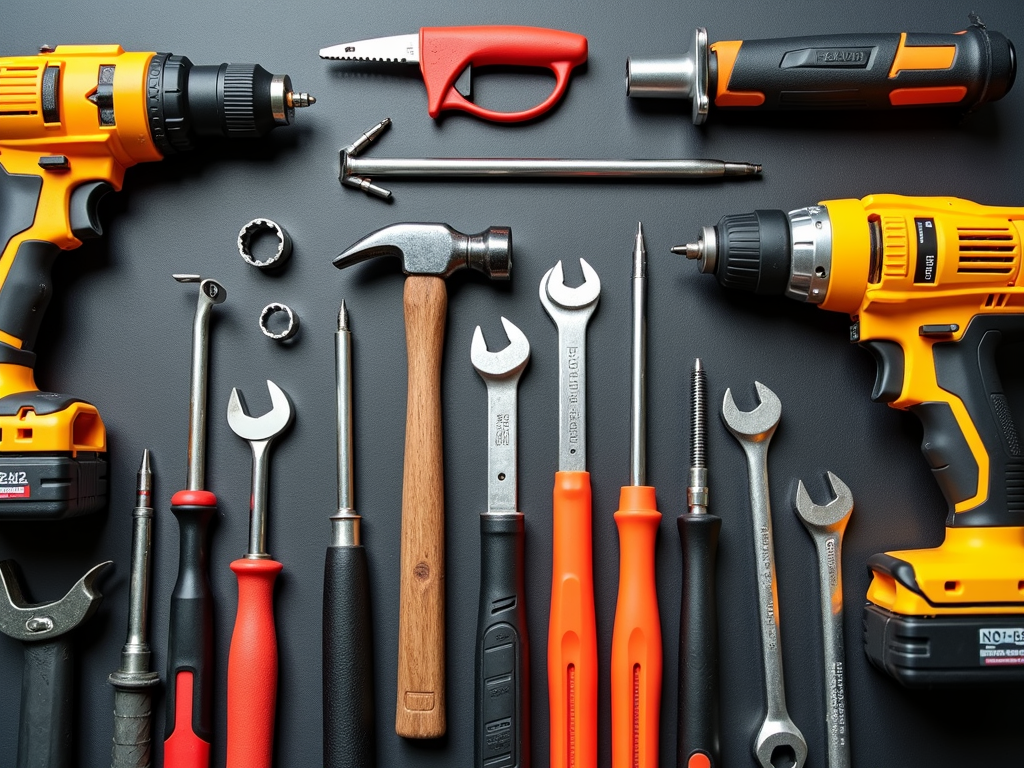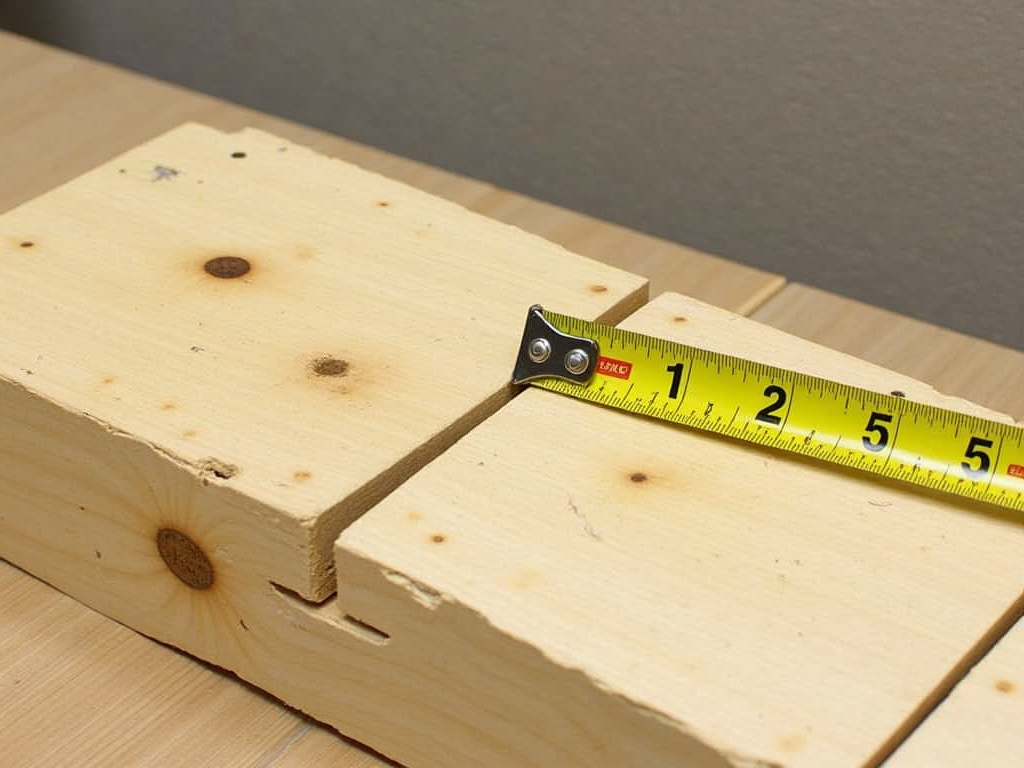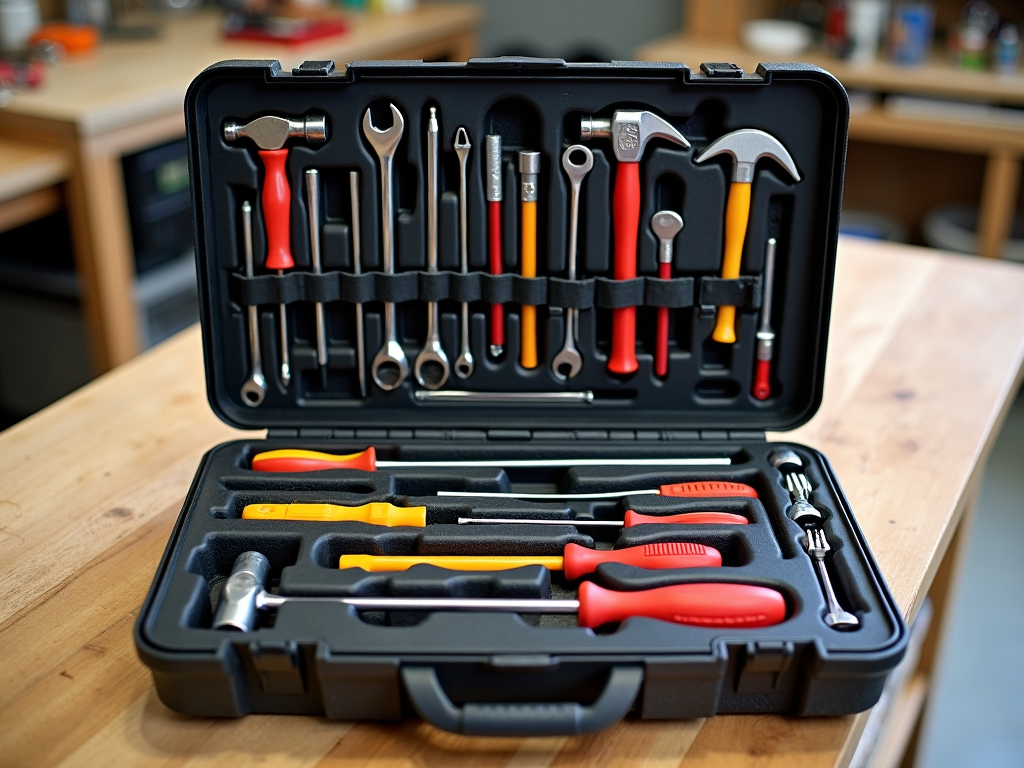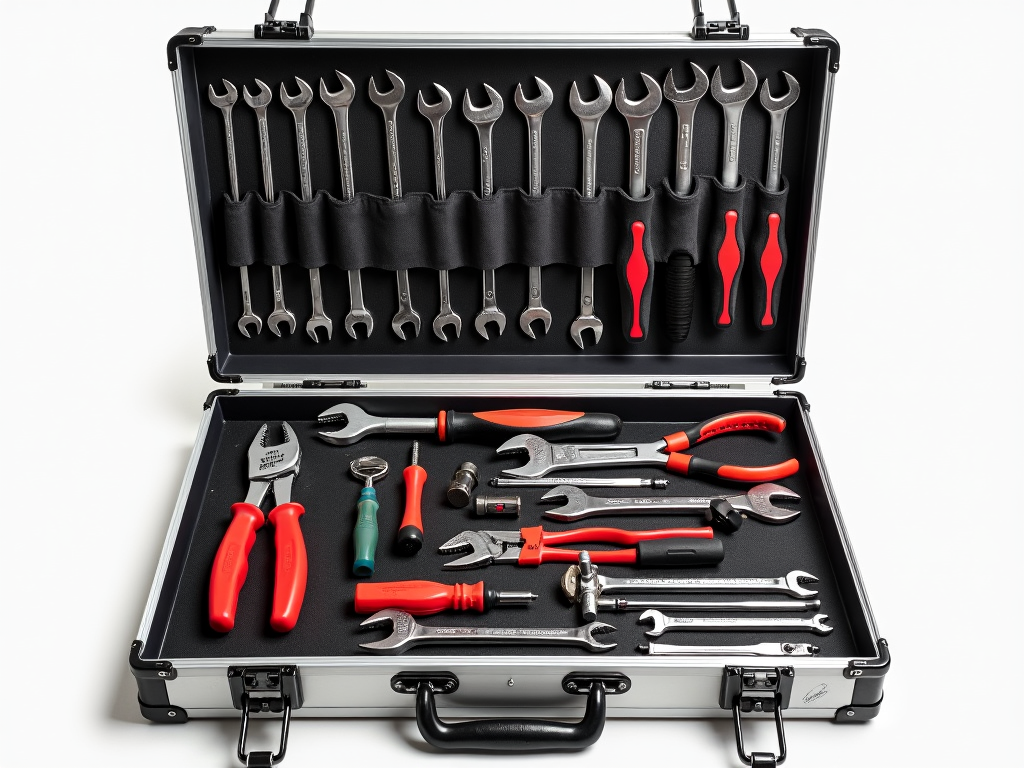Overview
This guide introduces beginners to DIY maintenance projects, offering step-by-step instructions and tips for success. From fixing leaky faucets to patching drywall, you'll gain the skills to handle common household repairs.
Introduction to DIY Maintenance
DIY maintenance projects are a great way to save money and gain valuable skills. Whether you're a homeowner or a renter, knowing how to handle basic repairs can prevent small issues from becoming big problems. Plus, there's a sense of accomplishment that comes with fixing something yourself. In this guide, we'll walk you through some easy projects that are perfect for beginners. You'll learn how to use essential hand tools, follow safety precautions, and complete tasks with confidence.

Essential Hand Tools for Beginners
Before you start any DIY project, it's important to have the right tools. Here are some must-have hand tools for beginners:
- Hammer: For driving nails and removing them.
- Screwdrivers: Both flathead and Phillips head for various screws.
- Adjustable Wrench: For tightening or loosening nuts and bolts.
- Pliers: Useful for gripping and bending wires or small objects.
- Tape Measure: Essential for accurate measurements.
- Utility Knife: For cutting materials like cardboard or plastic.
Keeping your tools in good condition is crucial. Regularly clean them after use, store them in a dry place, and check for any signs of wear or damage. A well-maintained tool not only lasts longer but also ensures safety during use.
Hand Tools Maintenance Tips
- Clean After Use: Wipe down tools with a dry cloth to remove dirt and moisture.
- Lubricate Moving Parts: Apply a light oil to hinges and joints to prevent rust.
- Sharpen Blades: Keep cutting tools sharp for better performance and safety.
- Store Properly: Use a toolbox or pegboard to organize and protect your tools.
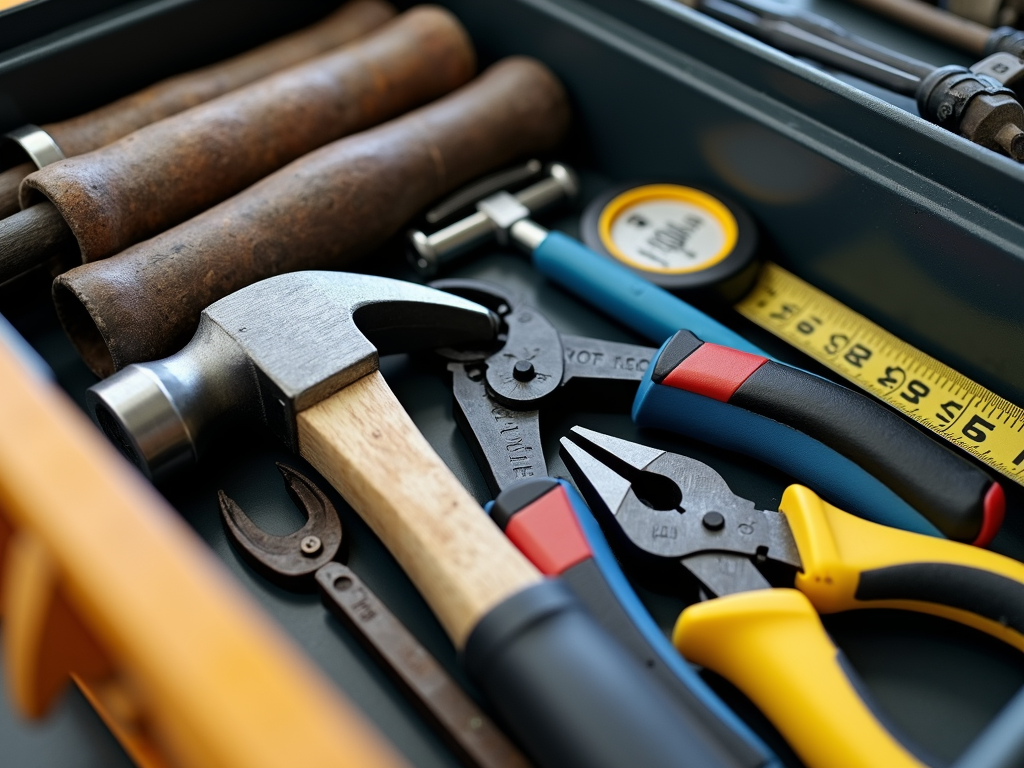
Project 1: Fixing a Leaky Faucet
A leaky faucet is a common household issue that can waste water and increase your utility bills. Fortunately, it's a straightforward fix for beginners.
Tools Needed
- Adjustable wrench
- Screwdriver
- Replacement washers or O-rings
Steps
- Turn Off the Water Supply: Locate the shut-off valve under the sink and turn it clockwise to stop the water flow.
- Remove the Faucet Handle: Use a screwdriver to remove the screw holding the handle in place. Gently lift off the handle.
- Replace the Washer or O-ring: Inspect the washer or O-ring for wear. If it's damaged, replace it with a new one.
- Reassemble the Faucet: Put the handle back in place and secure it with the screw.
- Turn On the Water Supply: Slowly turn the shut-off valve counterclockwise to restore water flow. Check for leaks.
Tips for Success
- Take a photo of the faucet before disassembling it to help with reassembly.
- If the leak persists, you may need to replace the entire cartridge or call a professional.
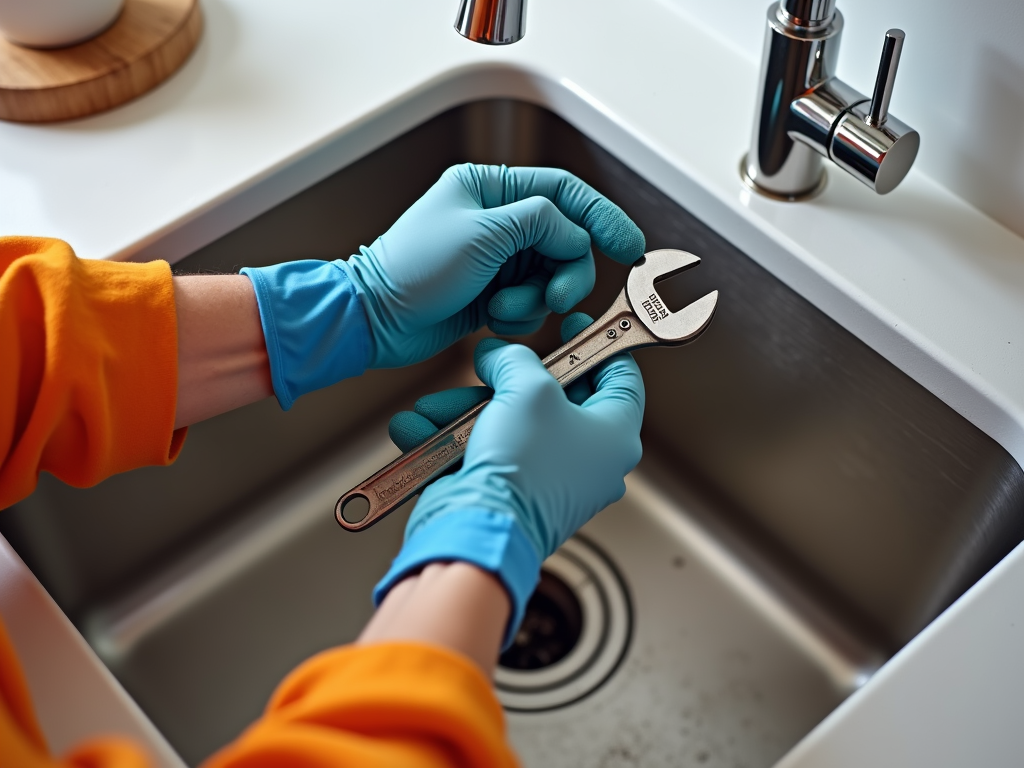
Project 2: Unclogging a Drain
A clogged drain can be a nuisance, but it's often easy to fix without calling a plumber.
Tools Needed
- Plunger
- Drain snake or auger
- Rubber gloves
Steps
- Use a Plunger: Place the plunger over the drain and pump it up and down several times. This can dislodge minor clogs.
- Try a Drain Snake: If the plunger doesn't work, insert a drain snake into the drain and twist it to catch and remove the clog.
- Flush with Hot Water: Once the clog is removed, run hot water down the drain to clear any remaining debris.
Tips for Success
- Avoid using chemical drain cleaners, as they can damage pipes.
- Regularly clean your drains with a mixture of baking soda and vinegar to prevent clogs.
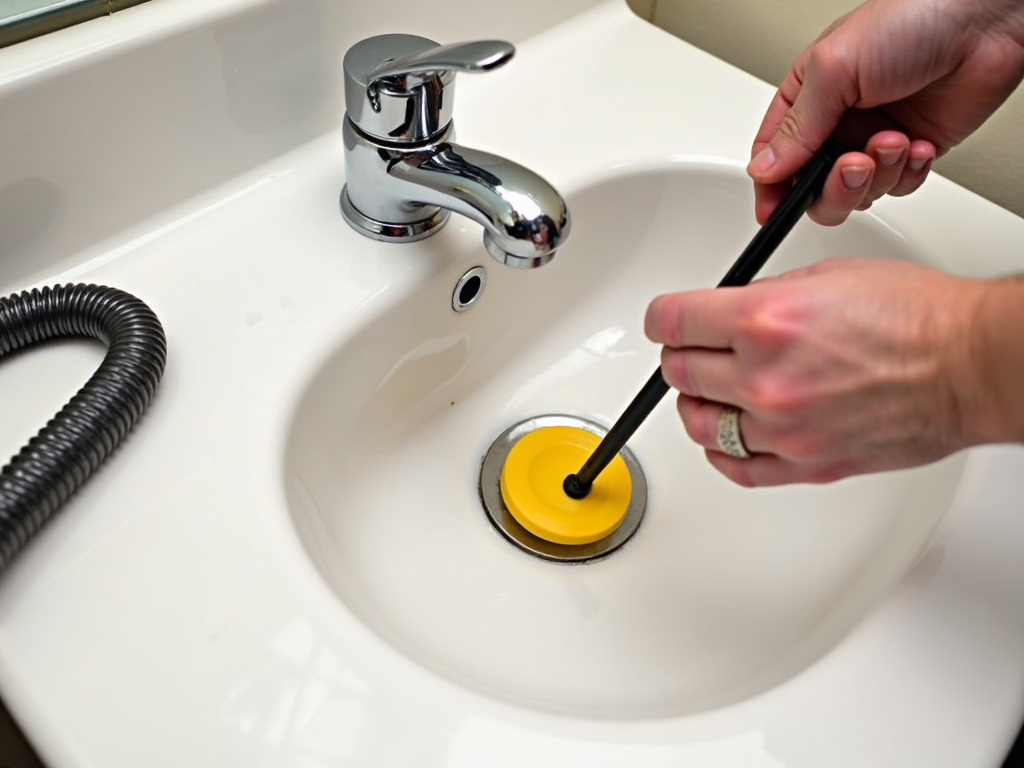
Project 3: Patching Drywall
Small holes or dents in drywall can be unsightly, but they're easy to patch with a few basic tools.
Tools Needed
- Putty knife
- Sandpaper
- Drywall patch or joint compound
- Paint (to match the wall)
Steps
- Clean the Area: Remove any loose debris around the hole.
- Apply the Patch: For small holes, apply a drywall patch or joint compound with a putty knife. Smooth it out evenly.
- Let it Dry: Allow the patch to dry completely, following the manufacturer's instructions.
- Sand and Paint: Sand the area until smooth, then paint to match the surrounding wall.
Tips for Success
- For larger holes, you may need to use a drywall repair kit with a mesh patch.
- Practice on a scrap piece of drywall to get the hang of applying the compound smoothly.
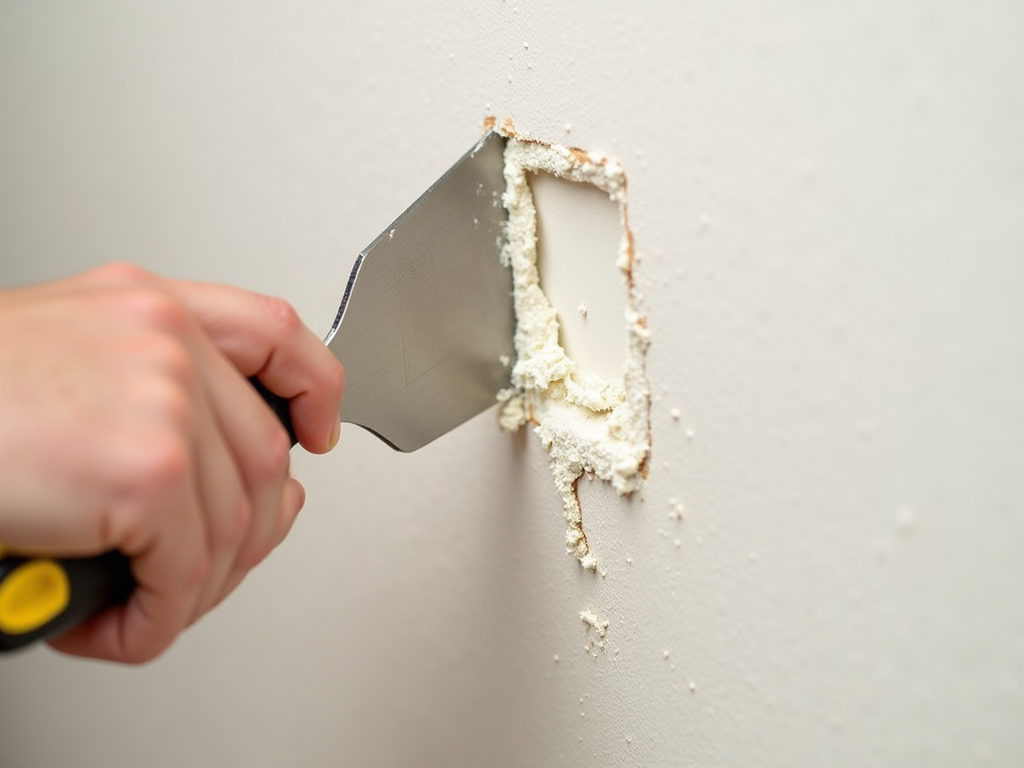
Project 4: Painting a Room
Painting a room is a great way to refresh your space and add a personal touch. It's also a beginner-friendly project.
Tools Needed
- Paint rollers and brushes
- Painter's tape
- Drop cloths
- Paint tray
- Paint (choose a color you love)
Steps
- Prepare the Room: Remove furniture or cover it with drop cloths. Use painter's tape to protect trim and edges.
- Prime the Walls: If necessary, apply a coat of primer to ensure even paint coverage.
- Paint the Walls: Start with the edges using a brush, then use a roller for larger areas. Apply two coats for best results.
- Clean Up: Remove painter's tape before the paint dries completely. Clean your tools and enjoy your freshly painted room.
Tips for Success
- Choose the right paint finish for the room (e.g., matte for bedrooms, semi-gloss for kitchens).
- Allow ample drying time between coats to avoid smudges.
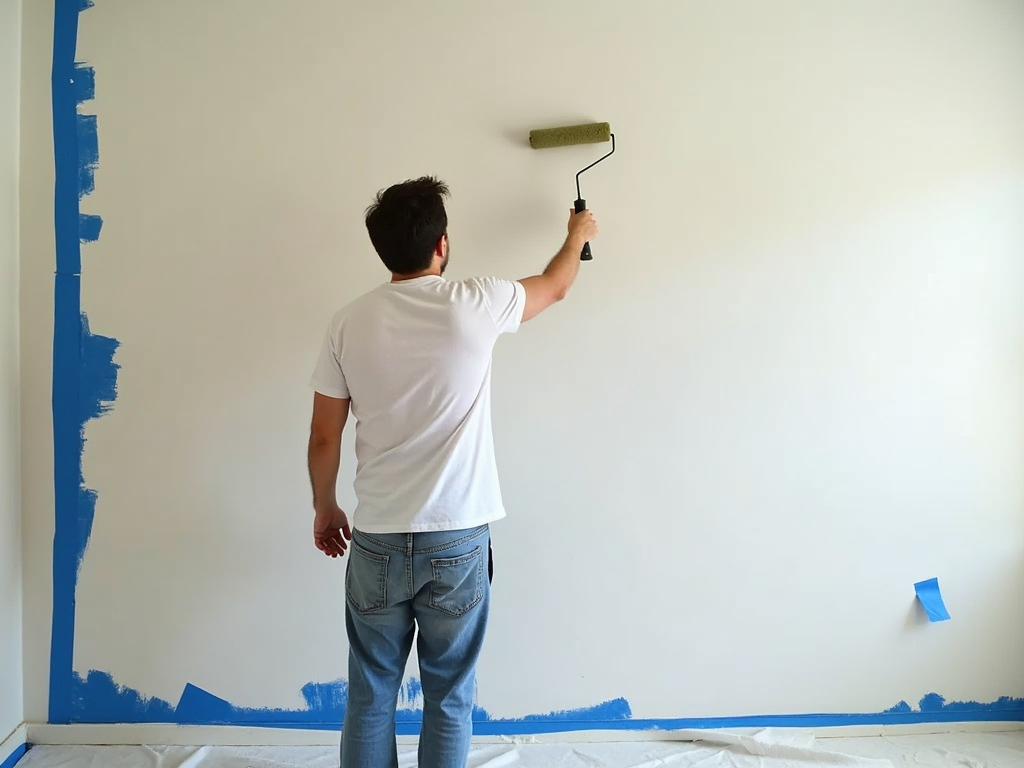
Safety Tips for DIY Projects
Safety should always be a priority when tackling DIY maintenance projects. Here are some essential safety tips:
- Wear Protective Gear: Use safety goggles, gloves, and a mask when necessary.
- Work in a Well-Ventilated Area: Ensure proper airflow, especially when using paints or chemicals.
- Keep Tools Out of Reach of Children: Store tools safely when not in use.
- Know Your Limits: If a project seems too complex, don't hesitate to call a professional.
Conclusion
DIY maintenance projects can be both rewarding and cost-effective. By starting with these beginner-friendly tasks, you'll build confidence and skills that will serve you well in future projects. Remember to take your time, follow instructions carefully, and prioritize safety. Happy DIY-ing!

Related DIY Maintenance Projects for Beginners:
- How to Maintain Your Hand Tools for Longevity
- Top 10 Must-Have Tools for Every DIYer
- Popular Brands for Workman Tools: A Comprehensive Guide
- Corded vs. Cordless Power Tools: Which is Best for Your Repair Projects?
- Beginner’s Guide to Circuit Breaker Troubleshooting
- How Torque Wrenches Enhance Vehicle Maintenance
- Tool Maintenance 101: Keeping Your Tools in Peak Condition
- The Ultimate Guide to Purchasing Workman Tools
- 10 Essential Tools for Every Beginner's Workshop
- Easy DIY Tool Care Tips for Longevity
- Workman Tool Maintenance Tips: Keep Your Tools in Top Shape
- DIY Project Ideas: Choosing the Right Wrench for Your Projects
